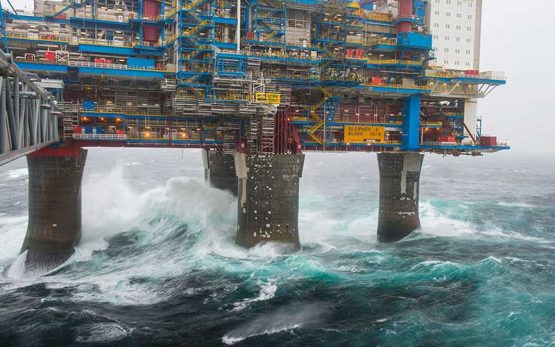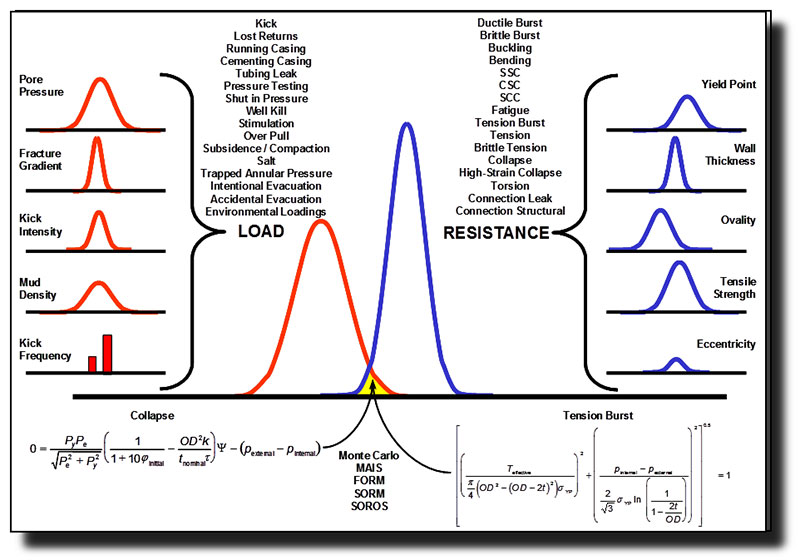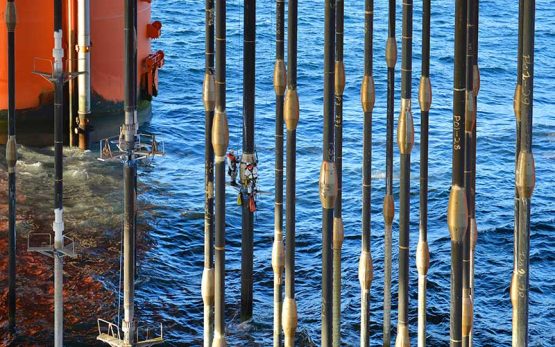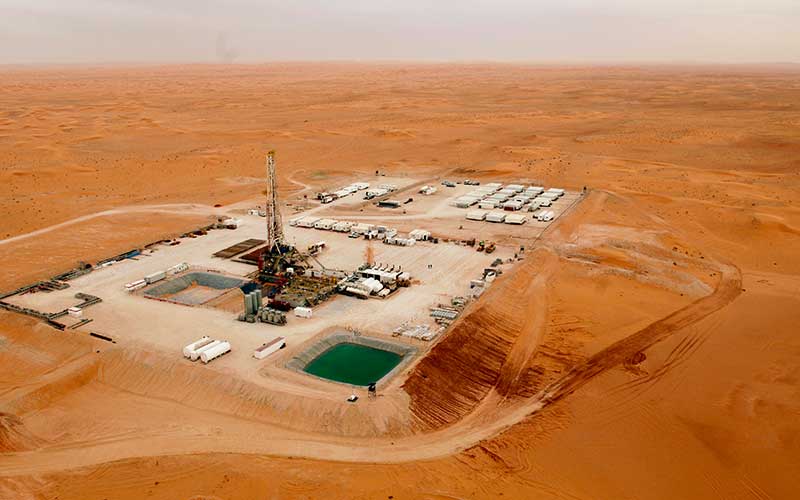
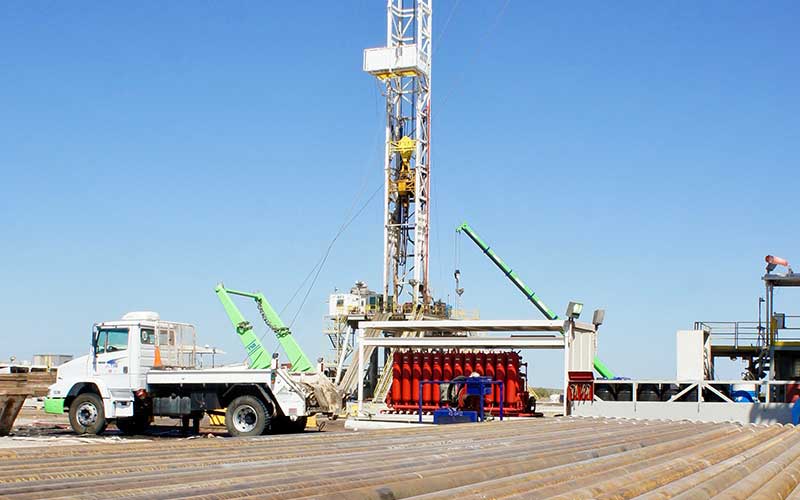
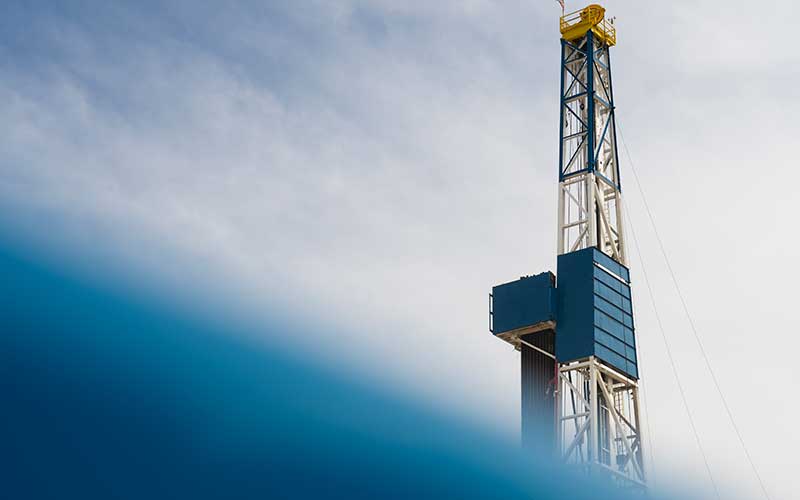
Well Engineering
Blade specialises in Well Design for Critical and Complex conditions. We offer engineering, planning, design and implementation of well construction under extreme conditions of temperature, pressure, and chemical environment. Areas of focus include high pressure, high temperature (HPHT), ultra-deep water, ultra-low pressure wells, and sour gas wells.
We have the background, skills and experience necessary to aid informed design choices and engineering decisions with proper and sound application of reliability and risk-based approaches.
Critical Well Design
The discovery of High Pressure High Temperature (HPHT) fields in Asia Pacific, the North Sea, US land, Gulf of Mexico and numerous other places around the world during the last three decades has led to a new class of ‘critical’ wells. These wells pose significant challenges during the design and well construction phases.
HPHT wells are often characterized by extreme bottom hole pressures (greater than 20,000 psi or 138 MPa) and temperatures (beyond 450 F or 232 C), usually at great depths. These extreme conditions, coupled with small pore pressure-fracture gradient margins, demands that high dimensional efficiency is maintained in casing design. Small radial clearances significantly impact several design and operational aspects such as running casing and liners, equivalent circulating densities (ECD), mud losses, and cementing efficiencies. Furthermore, great well depths give rise to new and unusual loading conditions such as Abnormal Pressure Build-up (APB), slip crushing and severe hydrogen embrittlement problems such that proper material selection is essential to construct these wells.
HPHT wells are often characterized by extreme bottom hole pressures (greater than 20,000 psi or 138 MPa) and temperatures (beyond 450 F or 232 C), usually at great depths. These extreme conditions, coupled with small pore pressure-fracture gradient margins, demands that high dimensional efficiency is maintained in casing design. Small radial clearances significantly impact several design and operational aspects such as running casing and liners, equivalent circulating densities (ECD), mud losses, and cementing efficiencies. Furthermore, great well depths give rise to new and unusual loading conditions such as Abnormal Pressure Build-up (APB), slip crushing and severe hydrogen embrittlement problems such that proper material selection is essential to construct these wells.
